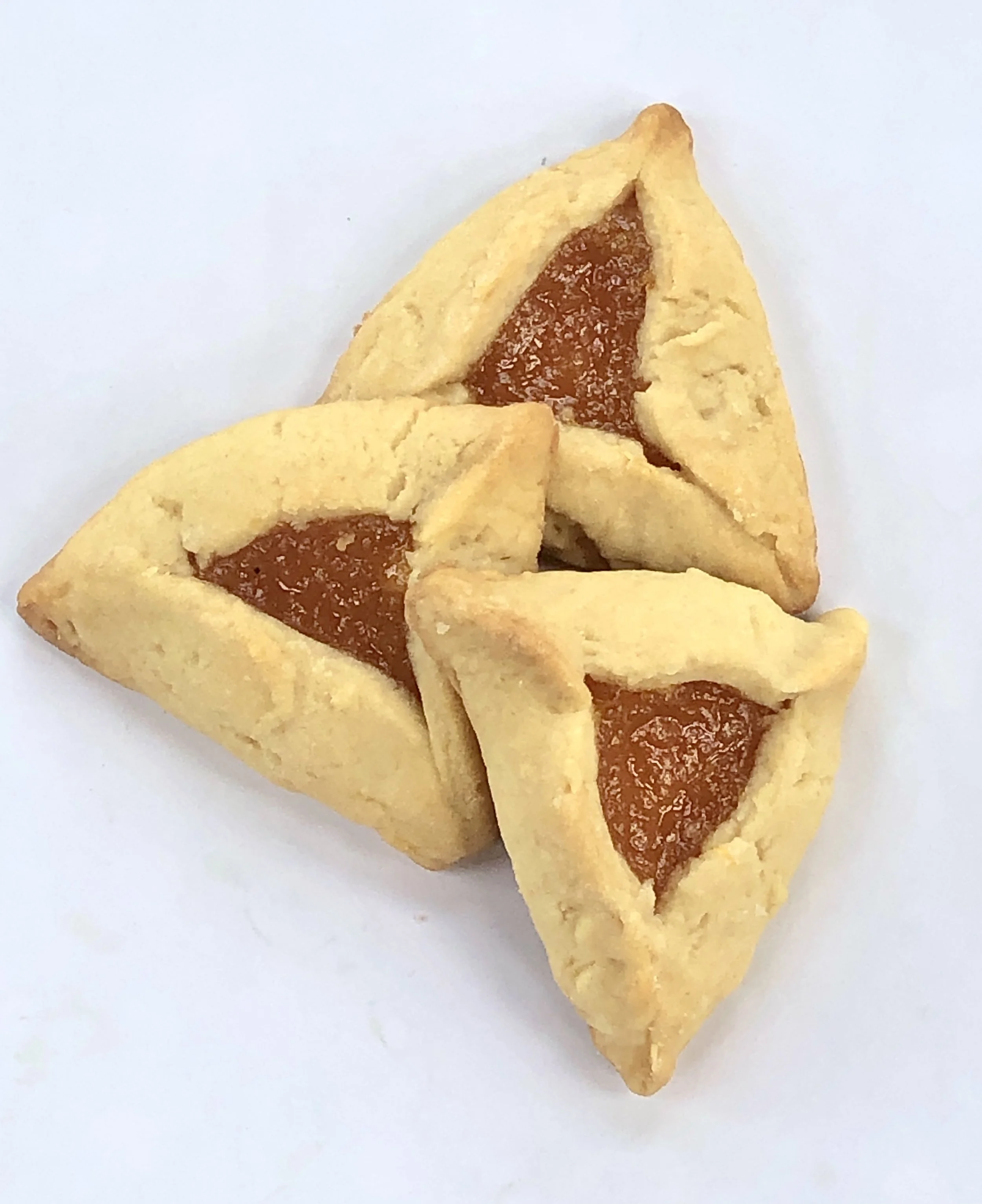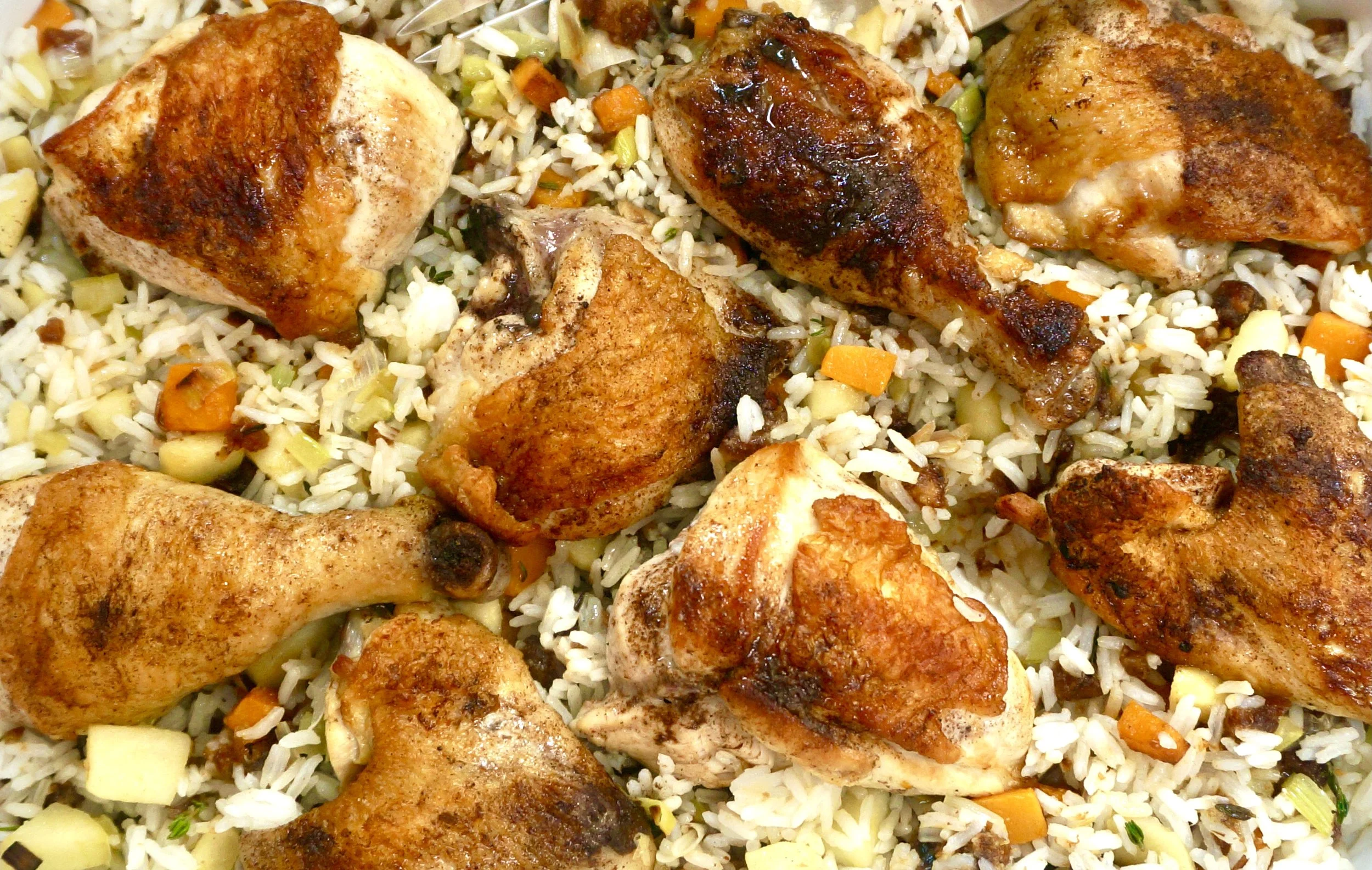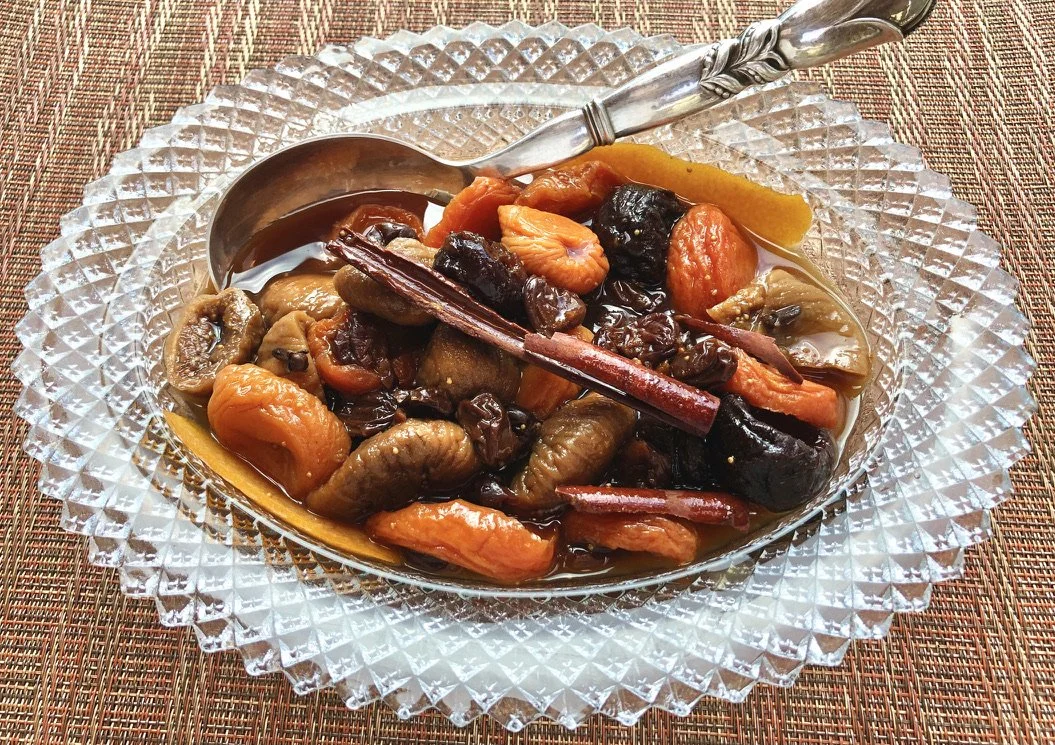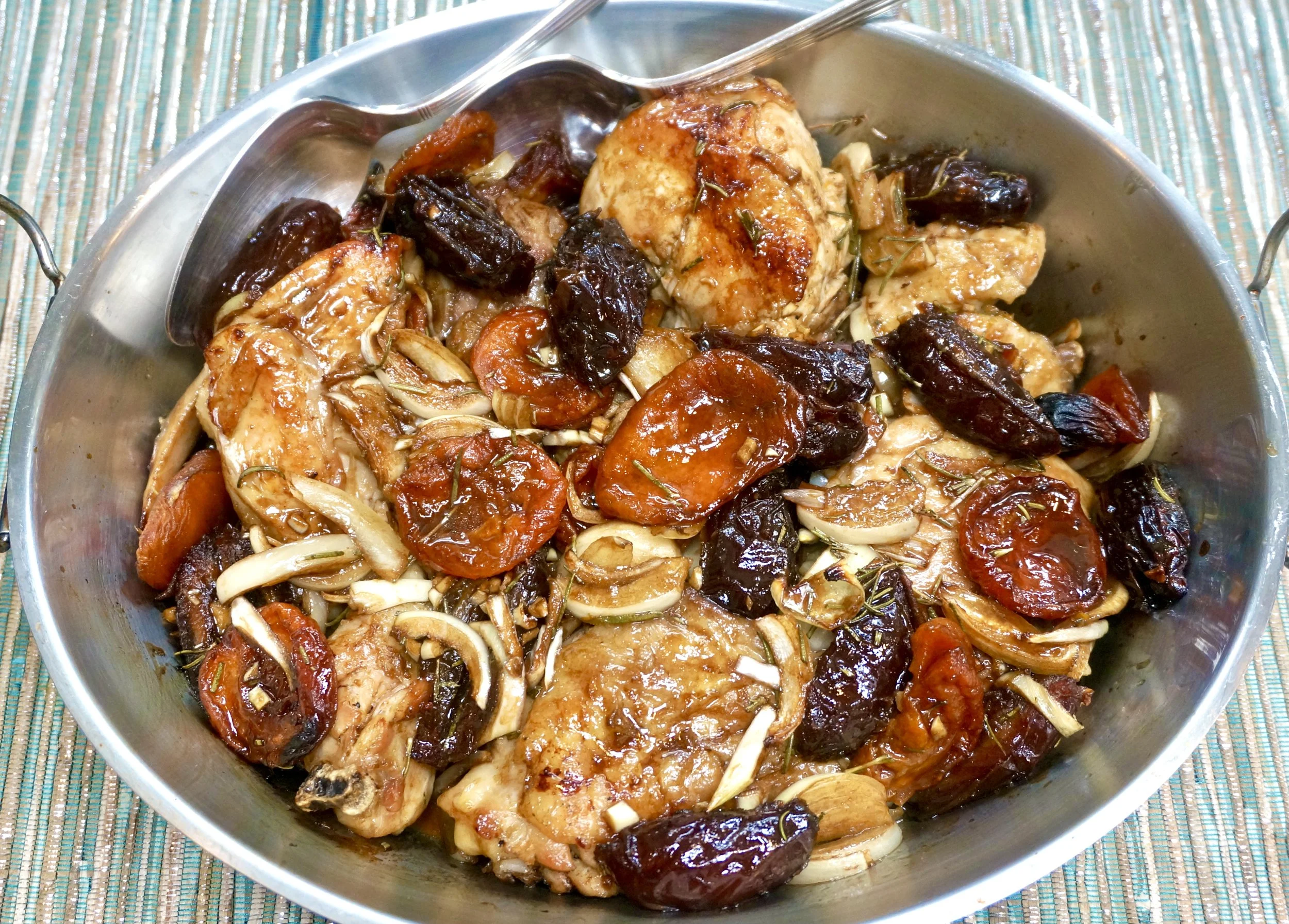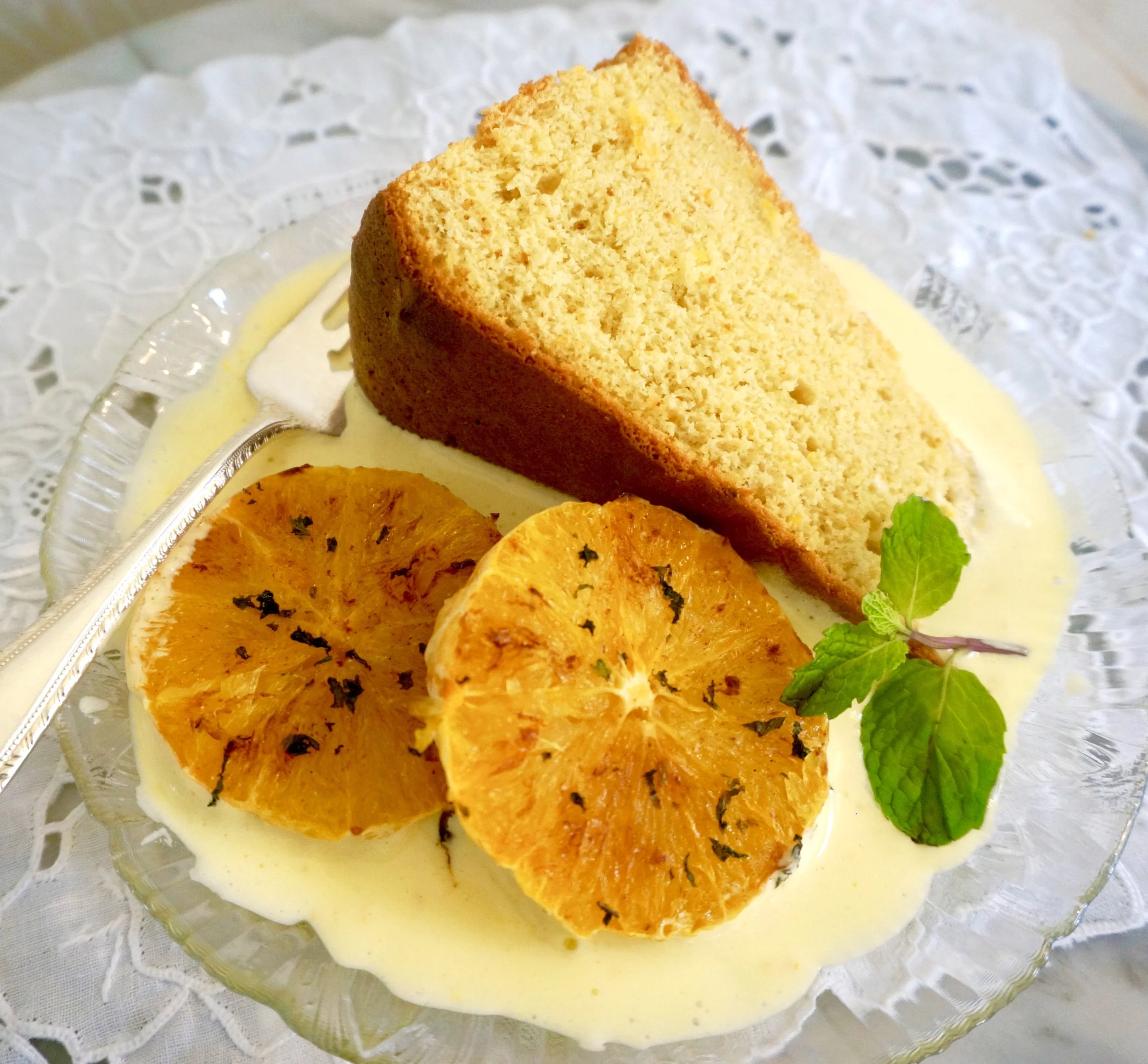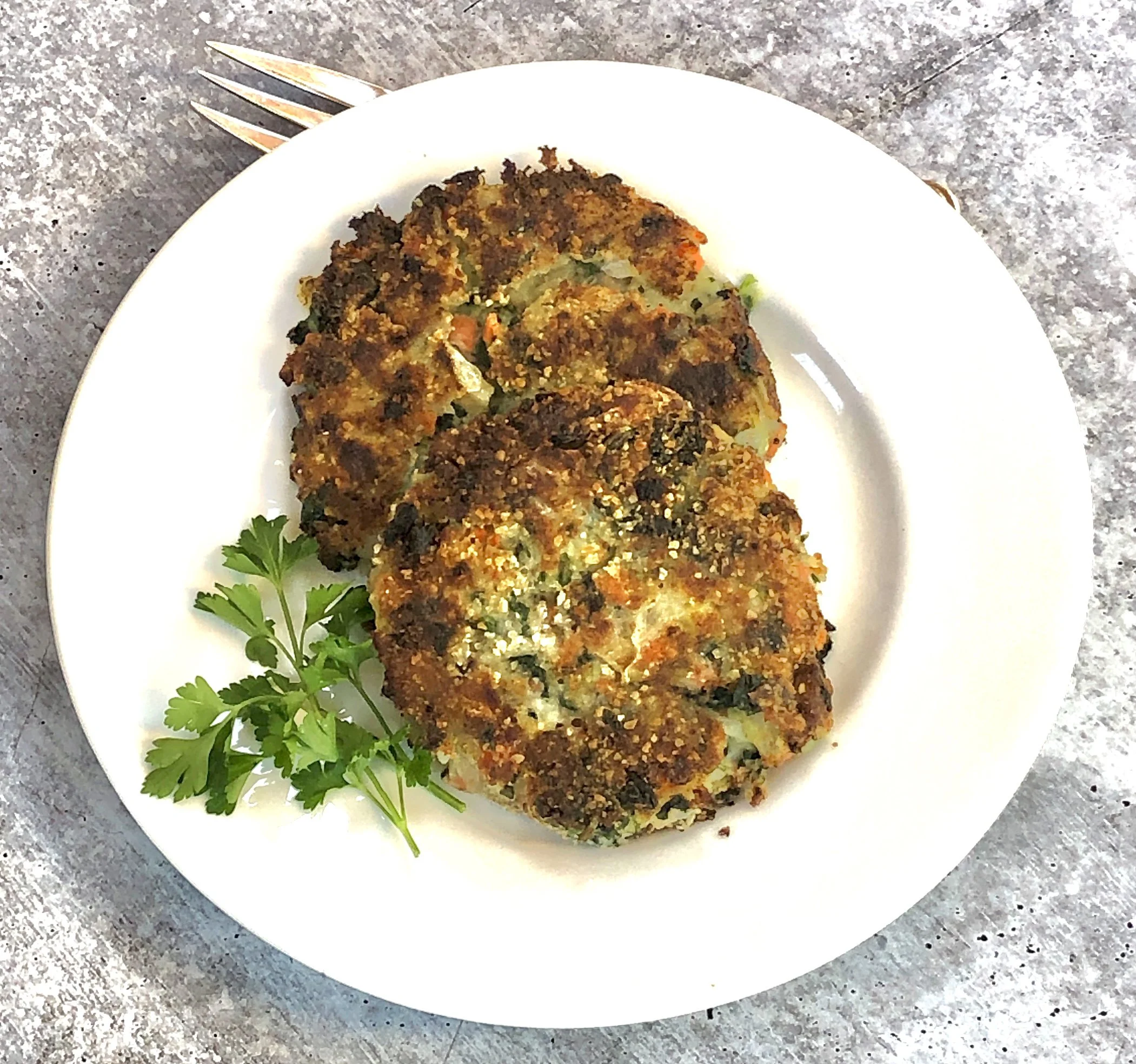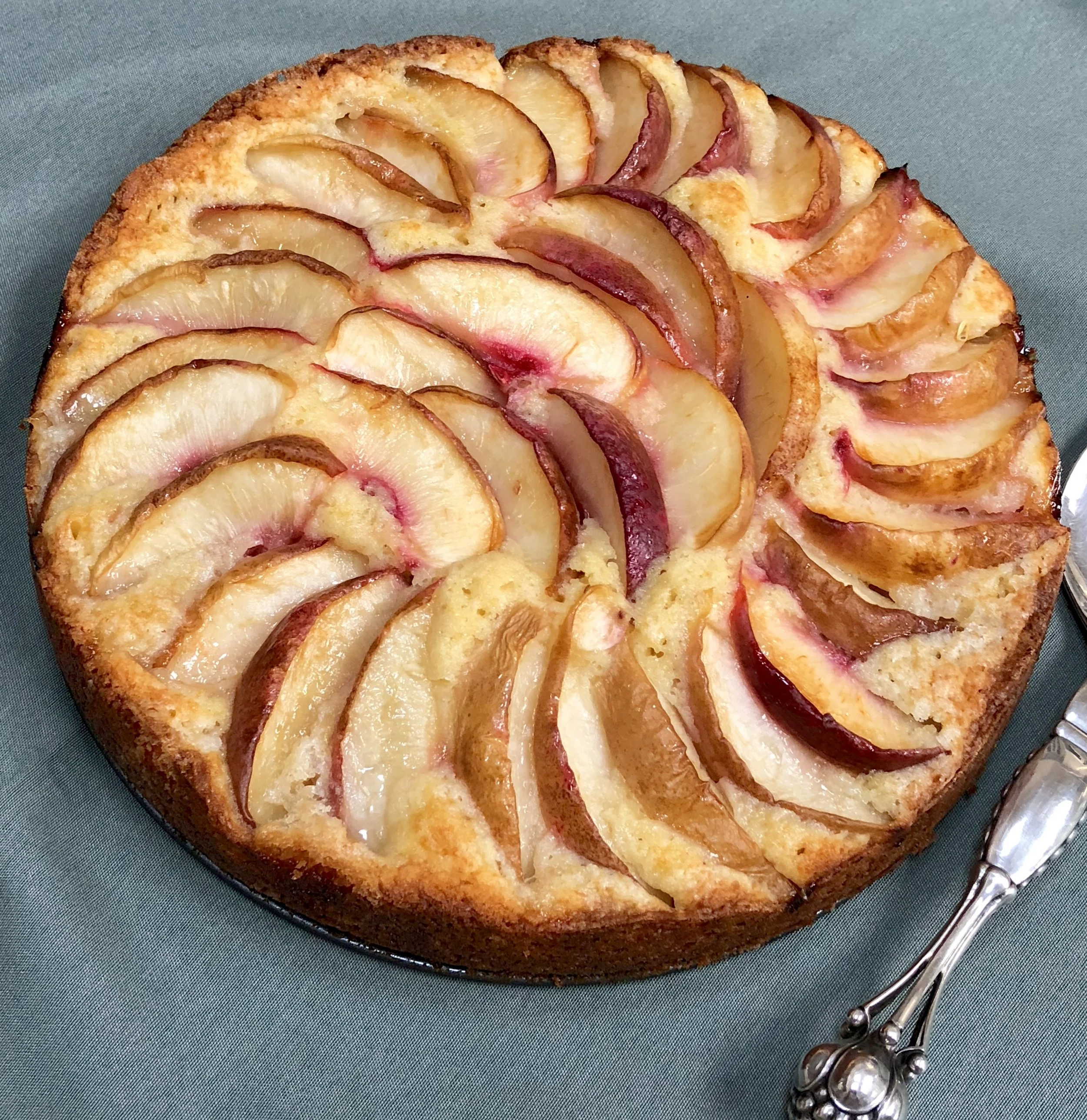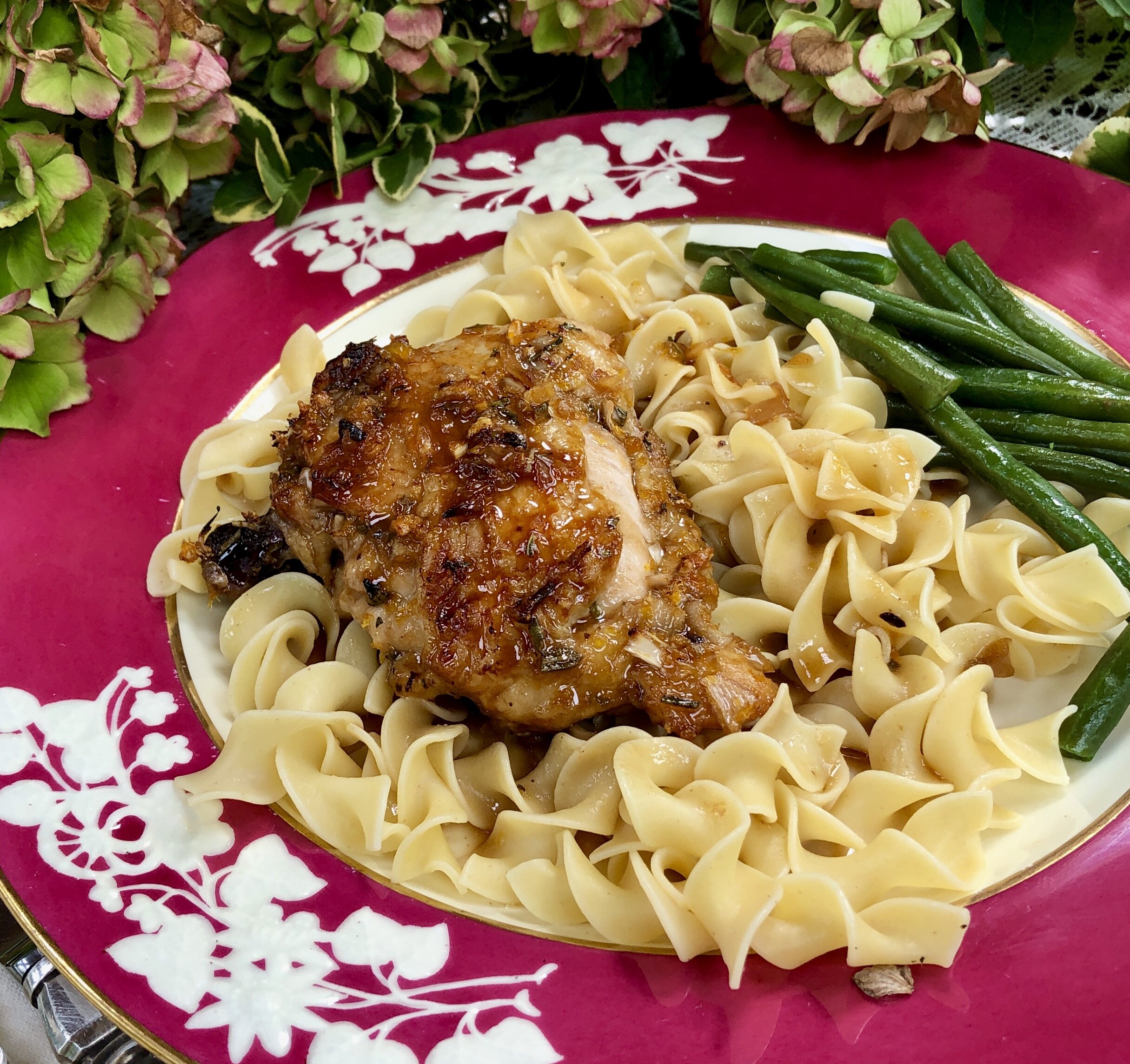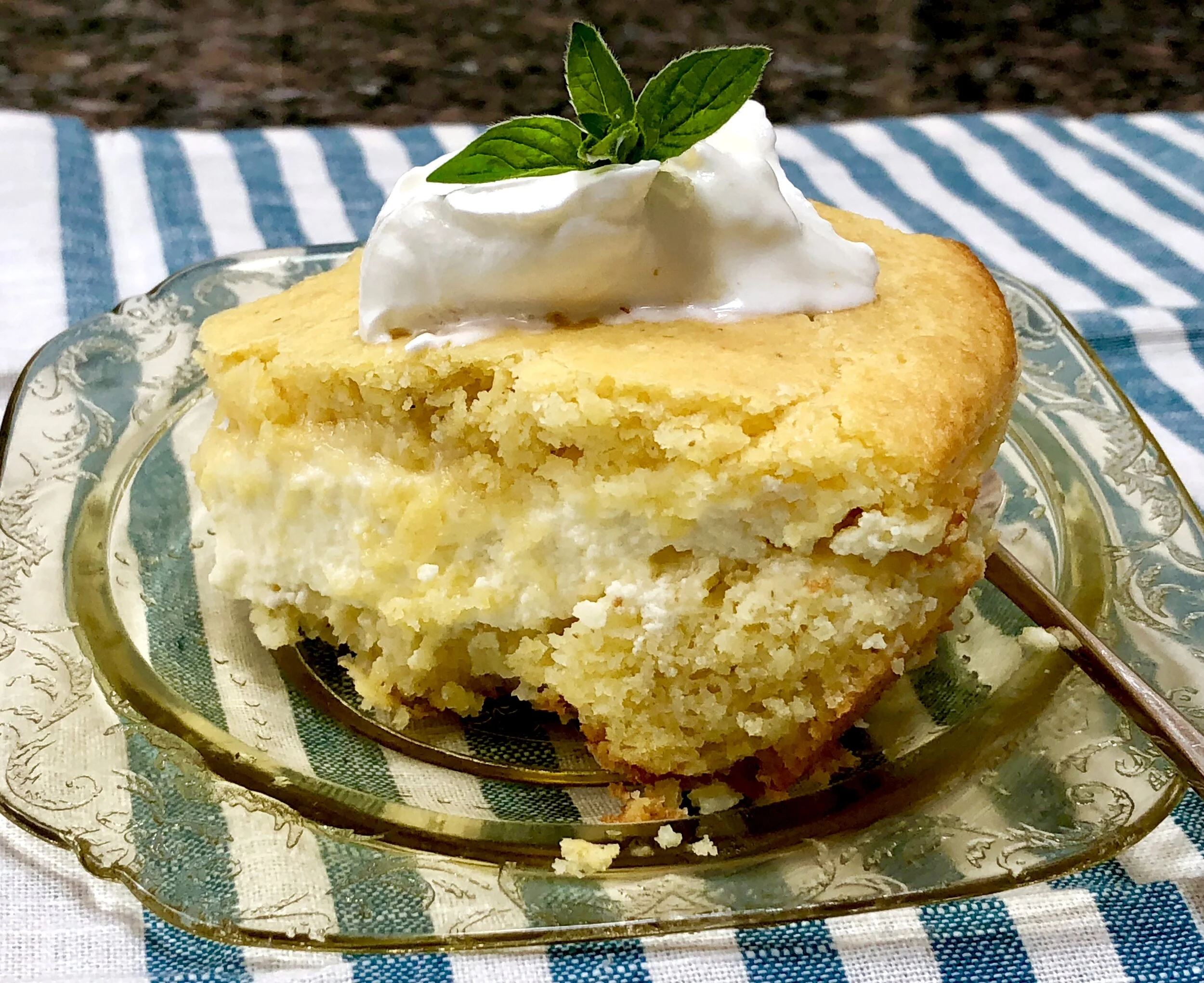Every year in the few weeks before Purim I look with great anticipation for new variations on hamantashen. I can’t get over the creativity, not to mention how delicious so many of them sound! Halvah hamantashen (Amy Kritzer). Savory gochujang caramel hamantashen (Sharon Matten). A large, all-in-one, easy-to-bake pear-filled puff pastry hamantashen galette (Leah Koenig). Mazal tov to these fabulous women and the culinary magic they spin.
I also love tinkering and experimenting with recipes, creating new riffs on classics and making up recipes out of whole cloth. I’ve been doing this throughout my food-writing career. In fact, speaking of Purim and hamantashen, one year I won a contest run by Soom foods for my Spiced Lamb Phyllo Hamantashen with Lemon-Tahini Sauce.
OTOH sometimes I just want the old thing.
Like this past week, when I decided to bake some hamantashen for Purim and just wanted plain old apricot.
How about both? Why not!
Have fun baking hamantashen for the holiday — whether you decide to go with something new or the old classic. Or both.
Btw, if you need a good, classic dairy/shortbread version, here it is.
Here’s one for frozen dough hamantashen.
And in case you like prune-filled hamantashen, here’s my recipe for prune lekvar.
Classic, Dairy-free Hamantashen
1-3/4 cups all-purpose flour
1/2 cup confectioners’ sugar
1-1/2 teaspoons grated orange peel
1-1/2 teaspoons baking powder
1/4 teaspoon salt
1/4 cup cold vegetable shortening, cut into chunks
3 tablespoons solid coconut oil
3 tablespoons vegetable oil
1/3 cup orange juice
Combine the flour, confectioners’ sugar, orange peel, baking powder and salt in a bowl. Add the shortening and coconut oil and work into the dry ingredients until the mixture is crumbly. Combine the vegetable oil and orange juice and pour into the flour mixture. Mix until a soft dough has formed. Cover and chill for at least one hour. Preheat the oven to 350 degrees. Roll the dough thin (about 1/8” inch thick). Cut out circles with a 3-inch cookie cutter. Place about 2 teaspoons of filling in the center of each circle. Fold the dough around the filling to form a triangle. Seal them edges tightly. Place the triangles on a parchment-lined baking sheet and bake for 20-22 minutes or lightly tanned.
Makes 16-18
